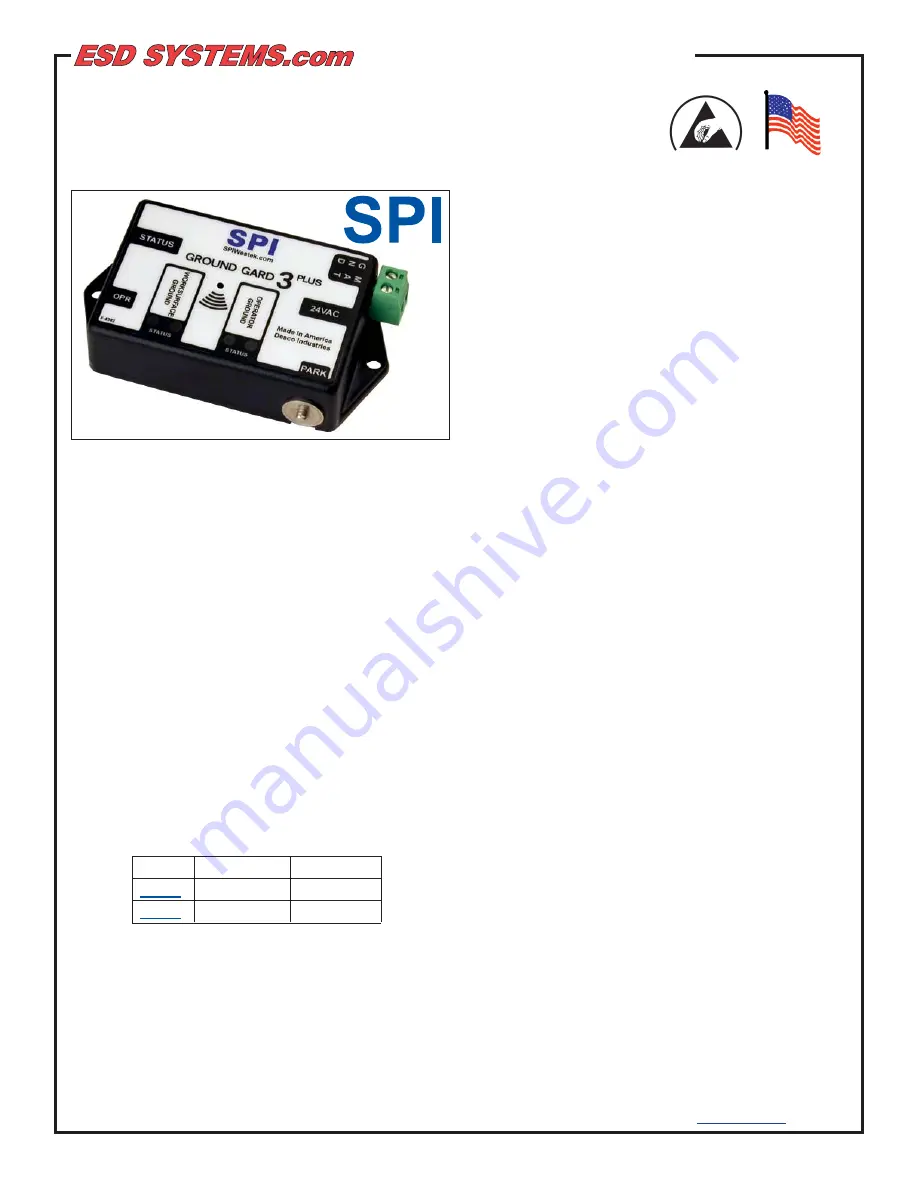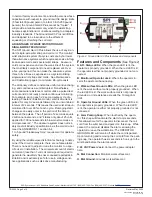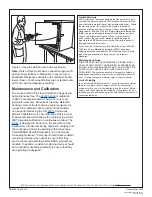
TB-5545 Page 1 of 4
Revision May 2009
© 2009 DESCO INDUSTRIES INC.
Employee Owned
ESD Systems.com • 432 Northboro Road Central • Marlboro, MA 01752 • (508) 485-7390 • Fax (508) 480-0257 • Website:
Ground Gard 3 Plus
Operation, Installation, and Maintenance
TECHNICAL BULLETIN TB-5545
Made in America
Figure 1. SPI Ground Gard 3 Plus
Description
Leading companies use continuous monitors as a cost
effective component in satisfying the paragraph 6.1.3
Compliance Verifi cation Plan requirements of ANSI/
ESD S20.20. The SPI Ground Gard 3 Plus continuously
monitors the integrity of one operator and one ESD work-
surface. This monitor will provide virtually instantaneous
notifi cation of static control equipment failures, eliminat-
ing the need of periodic testing and costly record keep-
ing. This unit is highly cost effective as it is designed
to monitor any conventional single wire wrist strap and
ground cord system. Its small package and mounting
tabs with holes make it highly suitable to install on most
any equipment or work bench surface. In addition, op-
tional mounting is available using the provided adhesive-
backed Velcro® strips. Using either mounting method
makes the Ground Gard 3 Plus suitable for most any
machinery or workbench even in hard to reach locations.
The SPI Ground Gard 3 Plus is available in two models:
The Ground Gard 3 Plus is a real time instrument that
ensures that the operator and ESD worksurface in a
sensitive area is effectively grounded. The instant an
operator’s wrist strap or cord fails, the monitor will issue
audible and visual (LEDs) alarms alerting the user and
supervisor of the problem.
The Parking Snap provides a means for the operator to
disconnect the wrist strap cord when normally leaving
the work area without the audible alarm sounding. It also
provides a means of wrist strap cord storage.
ADVANTAGES OF CONTINUOUS MONITORING
OVER PERIODIC TESTING
Many customers are eliminating periodic testing and
are utilizing continuous monitoring to better ensure that
their products were manufactured in an ESD protected
environment. Full time continuous monitoring is superior
to periodic or pulsed testing, and can save a signifi cant
amount of money in testing costs and rejected product.
Periodic testing detects failures after ESD susceptible
products have been manufactured. The costs of dealing
with the resulting catastrophic or latent defects can be
considerable. Ground Gard 3 Plus Monitors eliminate
the need for users to test wrist straps and log the results;
by their function, these monitors satisfy the ISO 9000
and ANSI/ESD S20.20 test logging. ANSI/ESD S20.20
Paragraph 6.2.2.2 Personnel Grounding Guidance states
“A log should be maintained which verifi es that personnel
have tested their personal grounding devices.” Per ESD-
S1.1 Paragraph 6.1.3 “Daily (wrist strap system) testing
may be omitted if constant monitoring is used.”
WAVE DISTORTION DETECTION TECHNOLOGY
PROVIDES TRUE 100% CONTINUOUS MONITORING
From all the technical alternatives available, SPI has
chosen wave distortion technology for many of its Con-
tinuous Monitor product offerings. Wave distortion cir-
cuitry monitors current/voltage phase shifts and provides
true 100% continuous monitoring. Electrical current will
lead voltage at various points due to the combinations
of resistance and capacitive reactance. By monitoring
these “distortions” or phase shifts, the wave distortion
Ground Gard 3 Plus will reliably determine if the circuit is
complete.
Wave distortion technology can be referred to “vector
impedance monitoring”. This description is valid as the
wave distortion technology measures the impedance at
the monitored banana jack and looks for changes in ei-
ther the capacitance or resistance of the circuit which in-
cludes the wrist strap and its wearer. It uses fi ltering and
time domain sampling to fi lter out false signals caused by
voltage offsets, 60 Hz fi elds and other electro-magnetic
and electrostatic interference.
Model Voltage AC Calibration






















